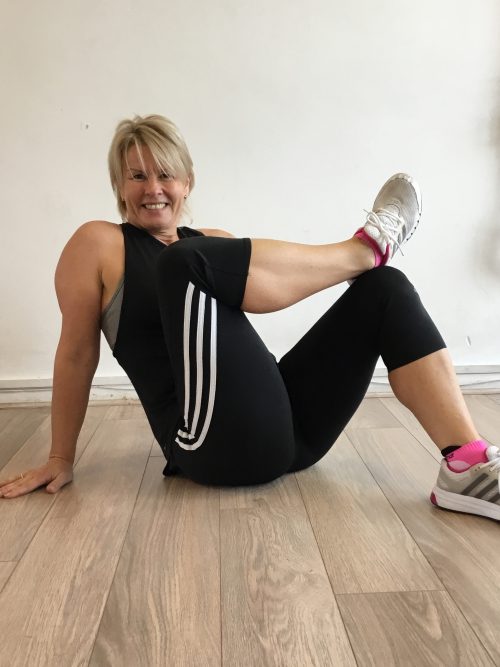Stretching: Why, What and How?
8th October 2018

It is almost guaranteed that you’ve done stretching before. Physical education sessions at school are an early introduction, as is stretching as you wake up in the morning! What we question and answer here is; Stretching: Why, What and How?
In a fitness routine, stretching has a few main reasons behind it. Before a session, stretching is a good way of preparing the muscles for more strenuous exercise being undertaken later in a session. Stretching is also very keenly linked to flexibility. Dancers, gymnasts and athletes such as tennis players need this flexibility to perform specific techniques to the best of their ability.
General populations (that’s those of us who are just ‘generally active’, not injured specifically or an athlete) can also benefit from flexibility work as being able to move freely is essential to feeling comfortable in daily life. A typical problem area is a tight chest caused by lots of hunched-over desk work. This chest tightness draws the shoulder blades forward, leading to a hunched over, “kyphotic” upper back. Over time this can lead to increased back pain, weakness in the spine and increased injury risk. It also makes us look shorter!
If you’re not working out and are just stretching for comfort and general health, incorporating a different range of whole-body stretches to be held for 15-30 seconds each can be a gentle way of limbering yourself up for the day. Yoga inspired stretching routines are a good place to start at home – just stick with beginners’ exercises as yoga can quickly become very challenging.
Stretches performed around a workout are a little more strategic. Before a workout, they help to warm up the muscles when they are performed dynamically. This means that rather than holding a stretch in one place for a set period of time, the body part to be stretched is being continuously moved back and forth between a stretched and unstretched position, making the movement far more active, increasing your heart rate.
Cool-down stretches at the end of your workout can also involve dynamic stretching, but more often than not static exercises will be involved as these are more for lengthening the muscles rather than warming them up. As a stretch is held, the depth of the stretch will gradually increase as time goes on, easing the body into a more lengthened position.
Stretching and Flexibility
Maintenance static stretching will keep the body’s current level of flexibility. If you’re short on time, this can be a good thing to do, as stretches will only be held for around 15 seconds in each position. However, deterioration of flexibility will be prevented.
Developmental stretches are all about increasing the length that muscles can stretch to. If you really struggle with certain exercises such as squats because you cannot get low enough, developmental stretches for the legs and ankles will slowly increase your mobility, helping you get up and down more easily in the correct squat position. Stretches will be held for time periods of 30 seconds or longer, with the stretch becoming increasingly deep as the muscle relaxes to encourage increased lengthening.
An important thing to note about stretching is that static stretches are best done when the muscles are already warm, and when muscles have already performed most of their load bearing/tension inducing exercise. Stretching cold muscles in a static manner is like pulling a frozen elastic band – they’re more likely to snap! However, dynamic exercises gently stretch muscles and make them warmer, preparing you for more activity later in the session.
Furthermore, if you really stretch your muscles very far before other forms of training, it can reduce the elastic potential of the muscles being worked by other exercises. This isn’t a good thing, as our muscles rely on a little bit of elasticity during movements to help us spring smoothly between different parts of a movement (such as the extended portion of a bicep curl up to the contracted portion). Reducing this elastic capability can thereby impair our performance, impacting our longer-term progression.
When you choose to stretch at home too, it may be beneficial to introduce a little bit of dynamic exercise too to get yourself warm prior to developing your flexibility.
Slowly ease yourself into dynamic stretches – cold muscles don’t like being twisted and moved fast. Start slow and controlled, and slowly increase to a fair tempo with any exercises like arm swings, toe touches or torso twists.
We have specific stretching sessions and parts of every workout are dedicated to warming up and stretching at the end at FITFriends, so all aspects of your fitness are catered for.
